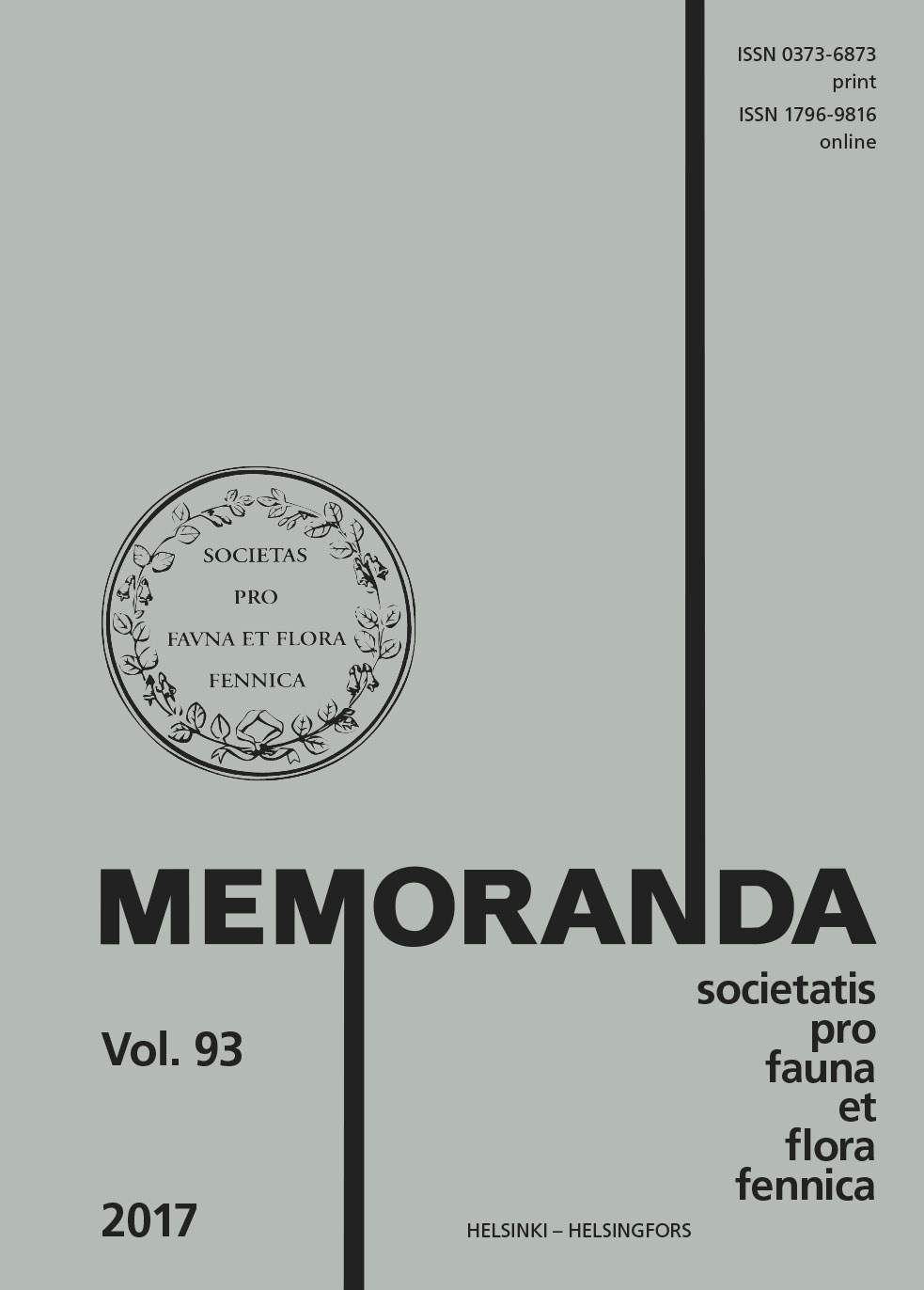Ground-dwelling true bugs (Heteroptera) in afforested fields
Abstract
Former agricultural lands may host peculiar biota, because agriculture activities have changed the physical, chemical and biological features of the soil; however, biodiversity in afforested fields is poorly known. The aim of this study was to investigate the diversity of ground-dwelling true bugs (Heteroptera) in early successional afforested fields in central Finland. We used a large-scale field experiment, in which agricultural land had been afforested 25 years ago by planting monocultures of birch, pine and spruce trees. Pitfall traps caught a total of 224 heteropteran individuals representing 20 species. The community was numerically dominated by Lygaeidae, Drymus brunneus being the most abundant species. Birch plots hosted about the double the number of individuals and species in spruce and pine plots. The near-threatened Teloleuca pellucens (Saldidae) was recorded from a birch plot. Although T. pellucens is suggested to require old-growth forests, our observation indicates that the species can occur also in other types of forests. In conclusion, more studies on Heteroptera in different environments are needed to better understand their distribution, abundance and habitat affinities.




